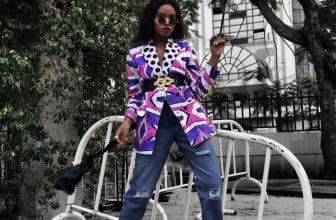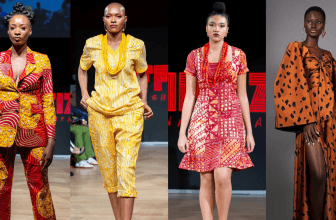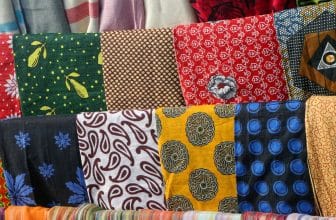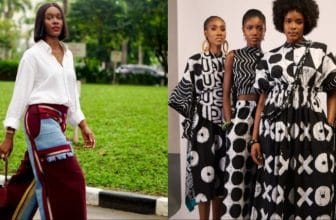A Complete Guide to Matching Thread and Fabric Colors
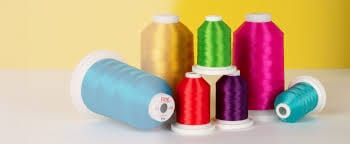
Introduction
You’ve spent hours picking your fabric, cutting your pattern, and setting up your machine — but if your thread color doesn’t match, it can steal the spotlight for all the wrong reasons. Learning how to match thread and fabric colors is one of those small yet powerful skills that separates a beginner’s project from a professional-looking masterpiece.
This guide walks you through simple, practical steps that make your stitches blend perfectly every time.
1. Decide the Purpose of the Seam
Before choosing a thread, ask yourself: do you want the stitches to blend in or stand out?
If it’s a regular seam or hem, blending is best. But if you’re doing visible topstitching or decorative work, a contrasting color can create intentional design impact. Knowing the purpose sets the tone for your color choice.
2. Match the Thread to the Dominant Fabric Color
If your fabric has patterns or multiple shades, pick thread that matches the dominant color — the one that covers the most surface. When you’re unsure, go slightly darker rather than lighter. Darker thread usually blends better on most materials, while lighter shades tend to pop out.
3. Pay Attention to Undertones
Here’s a subtle trick pros use: fabrics and threads both have undertones. Some reds lean warm (toward orange), others cool (toward blue). Match the undertone as well as the hue — it makes the finish look seamless and natural.
4. Test Before You Commit
Always sew a few test stitches on a fabric scrap before starting the real project. Then, view it in natural daylight — indoor lighting can trick your eyes. This quick test saves you from surprises later and gives you the confidence that your choice works perfectly.
5. Keep Neutral Threads Handy
No perfect match? No problem. Medium gray, beige, and taupe threads blend surprisingly well with many colors. They’re great “rescue” shades when you’re short on options and don’t want to run to the store.
6. For Topstitching or Decorative Work, Go Bold
If you want your stitches to make a statement, choose contrast intentionally. A crisp white thread on denim, gold on navy, or black on beige creates stylish, confident looks. Just make sure the contrast looks deliberate, not accidental.
7. Match Thread Type and Weight Too
Color isn’t the only factor — thread type and thickness also matter. Use cotton thread for natural fibers like linen or cotton, and polyester thread for synthetics or stretch fabrics. Match the weight of your thread to your fabric’s thickness so your stitches sit nicely on the surface.
Closing Thoughts
Perfectly matched thread gives your sewing projects that invisible, professional polish — the kind that makes people ask, “Where did you buy that?” With a little practice and this checklist, you’ll always choose colors that complement your fabrics beautifully.
Drop it in the comments below your insight might help someone else sew with confidence.



